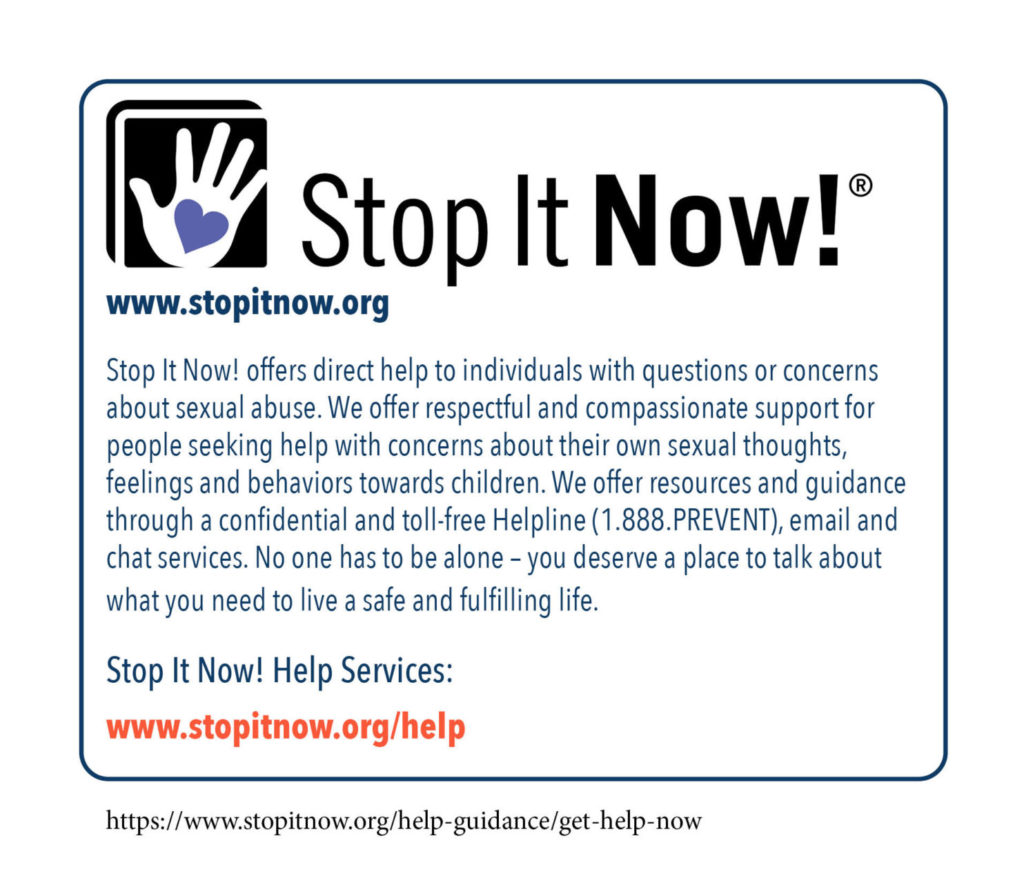Building a Counseling Relationship with Adolescents who Have Experienced Physical Abuse
By Lori Miller, LMHC
Among all the ACE categories, physical abuse occurred in 28.3 percent of cases.1 Adolescents who have suffered physical abuse may carry physical scars, as well as emotional scars, from repeated abuse and threats to personal safety.

A continued assault on their safety can make adolescents resistant to psychotherapy because they have learned that trusting someone may lead to a loss of power and physical pain. This is especially true if they have been parentified and have a history of feeling responsible for others in the home. These adolescents may not conceptualize their experience as trauma, but as survival. That is, under conditions of family abuse, for instance, they may experience family life as a process of survival, and not recognize that they are being victimized and are experiencing trauma.

A recent study2 showed that helping children and adolescents with a history of ACEs learn how to process their emotions and develop coping skills helped mitigate the effects of ACEs in young adulthood. But, how can you get adolescent clients who have suffered physical abuse to open up to you and allow you to help them explore and better understand their damaged sense of safety and its causes?
Here are some hints for helping clients open up to you:
- Establish the counseling space as the client’s space. Coming from an environment where they may have been on a constant safety vigil, for themselves and others, having a safe space for adolescents to call their own is powerful. This allows them to feel some ownership of the process even before the therapeutic alliance is more fully developed. Validate their concerns about sharing their personal information and reinforce their reluctance as a normal response. But be flexible on how quickly you forge ahead to talk about difficult content. Let them begin to feel comfortable with the process by encouraging them to share their interests, such as friends, music, video games, or favorite YouTube content. While this may not be treatment, per se, sharing and discussing their friendships and interests creates some room for clients to begin to engage on their terms. Plus, adolescent clients’ interests can reveal themes that shed light on their perspectives, which might be helpful later on in treatment.
- Set aside your expectations for the client. Your expertise and clinical experience with trauma can hinder the nonjudgmental environment that respects and validates their specific experience. Letting your clients educate you, and listening to them, provides validation of their personal experience, outside of a predetermined model of trauma.
- Remind them that keeping children safe is an adult responsibility. In a situation where abuse has occurred, the adult is always responsible; help clients understand that the abuse is never their fault. This helps abused adolescents begin to understand that any responsibility they may feel for their own safety and the safety of others in their home is inappropriate, because adults are always tasked with keeping children safe.
- Help the client build an emotional vocabulary. Many adolescents appear resistant, but may, in fact, have trouble recognizing or labeling their emotions. If they can’t identify their own emotions, how can they communicate them to you or anyone else? Helping adolescents define specific emotions helps them put their feelings in words. This allows them to more effectively think about and communicate how their experiences have affected them, and what they need to feel safe.

As experienced clinicians, we can see the positive outcomes that may lie ahead for the client in our work together. But, pushing ahead too quickly may serve to activate the client’s defense mechanisms. Being pushed to share too much too soon or too fast may challenge and weaken their emotional armor, and contribute to adolescents becoming more resistant and defensive, rather than feeling comfortable taking a step outside of that armor.
Here are some ways to increase clients’ comfort level:
- Become comfortable with silence. Even though it seems like clients are withholding communication from you when they are slow to speak, silence is indeed communication. They may feel that staying silent is the best way to protect themselves, or they may not know yet how to explore their feelings in a safe way and need more time. Either way, they are letting you know this with silence. Resist the temptation to fill the silence just to get things going.
- Allow for some margin in your treatment planning. While you do want to establish measurable goals and outcomes, your client’s experiences are unique, and many variables can affect their progress. Clients should feel comfortable moving forward at a pace that honors their experiences and perspectives.
- Focus more on progress and less on benchmarks. It’s easy for clinicians to feel frustrated when clients haven’t progressed to where we think they should be, or meet quantifiable measures that we’ve set. But, any progress at all is progress, and that is good for the client and the treatment process. Find ways to recognize small changes and realizations as indicators that the client is opening up and responding to your work together.

Building trust is paramount in these early stages of working with adolescents who have suffered physical abuse, and it can be the hardest nut to crack. You can begin to build that trust by letting your clients maintain connection on their own terms.
- Reinforce the counseling room as their safe space. Remind clients in every session that this is a confidential space reserved just for them and their concerns. No one else’s experiences or intentions are represented here, including biological or adopted parents, foster parent or other caregiver, case manager, or your own. Clients get to talk about the issues that are important to them.
- Collaborate with the client in developing their coping skills. Let the client work with you to come up with coping skills they would be willing to develop and try out. Working collaboratively and in a partnership helps them view you as a supportive, understanding, and helpful resource and connection, providing both validation and helpful information, instead of another person telling them what they should do, and how they should think.
- Model a healthy relationship with encouragement and support. Some adolescent clients who have experienced physical abuse may not know what a collaborative, supportive relationship looks or feels like. You may be the first person who has shown interest in them without expecting something in return, or mandating a specific behavior. Provide your clients with the encouragement they need to acknowledge the progress they are making, and present yourself as a trusted source of support in a safe and healthy relationship they can learn to emulate in their other relationships.
For adolescent clients with a history of physical abuse, psychotherapy may feel like yet another place to have to be on guard and remain vigilant for safety. Working with these clients may require that you bring a bit more flexibility and creativity to your work, helping your clients build trust and putting them at ease about the process. You can help clients in the process of treatment by giving them time and space to understand their traumatic experiences, while working at their own pace, helping them learn how to identify and deal with powerful emotions, and encouraging them as they work with you to use their own creativity to develop healthy coping skills.
- Centers for Disease Control and Prevention. About the CDC-Kaiser ACE study. Retrieved, 26 June 2020, https://www.cdc.gov/violenceprevention/acestudy/about.html?CDC_AA_refVal=https%3A%2F%2Fwww.cdc.gov%2Fviolenceprevention%2Fchildabuseandneglect%2Facestudy%2Findex.html.
- Cohrdes, C., & Mauz, E. (2020). Self-efficacy and emotional stability buffer negative effects of adverse childhood experiences on young adult health-related quality of life. Journal of Adolescent Health, 67, 93-100.

Lori R. Miller, LMHC
Lori R. Miller, LMHC is a mental health counselor and author in private practice in South Florida. Lori focuses on stress, anxiety, depression and trauma in adolescents, adults and families. Before becoming a therapist, Lori spent more than 20 years as a marketing professional in the corporate sector. This makes her uniquely positioned as a therapist to understand the stress of today’s work environment. In 2019 Lori published her first book, 31 Days of Mental Health Moments, a devotional-style guide to help readers support their mental health on a daily basis. Find out more about Lori’s practice at www.MillerMHS.com.



